Birding Ruili, Yunnan
10,000 Birds
APRIL 22, 2024
The proximity to the Myanmar border is reflected in the presence of Burmese Shrikes here – on the wrong side of the border, but it is well known that this species has never been particularly good at geography. This photo explains the scientific species name haemacephalus (bloodheaded).

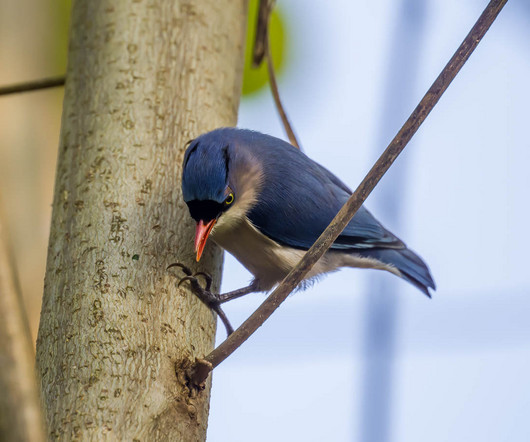

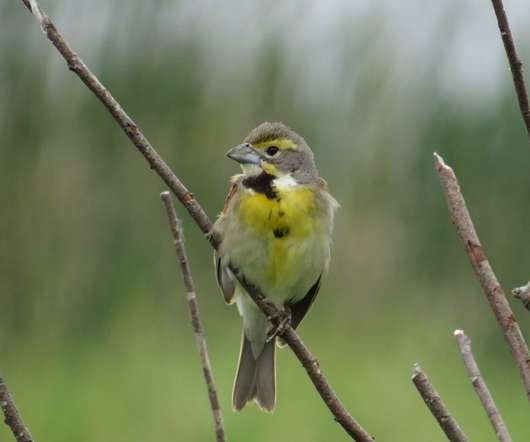





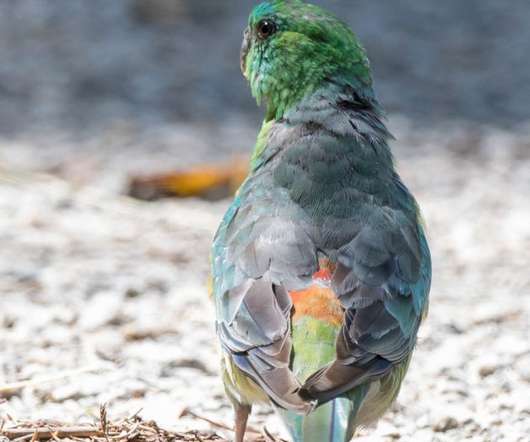








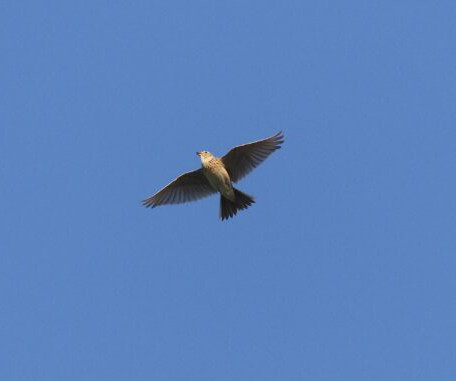




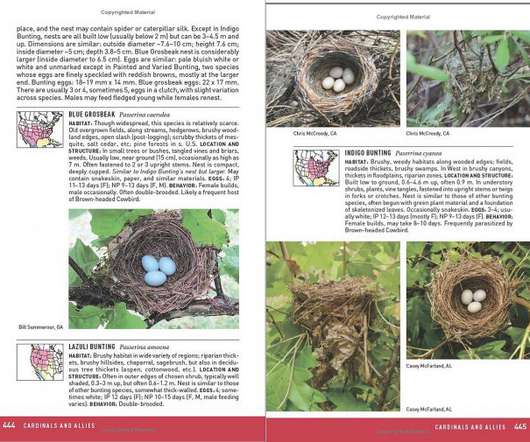

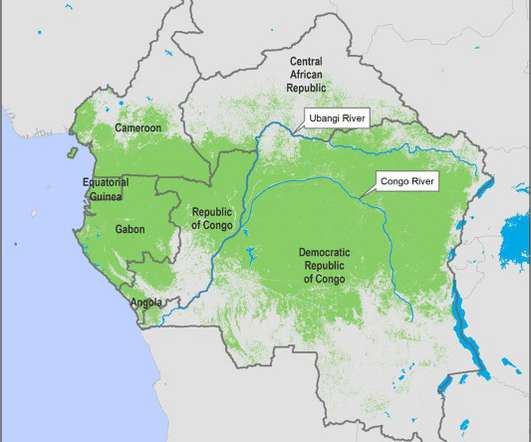






Let's personalize your content